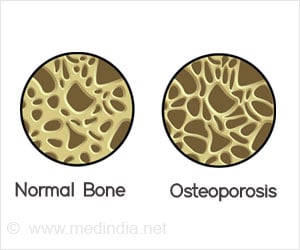In order to reduce the number of unattended accident cases, a team led by an Indian-origin scientist has developed a new wireless system called SAVE that can automatically call for
An Indian-origin scientist has developed a novel wireless system called SAVE that automatically calls for help in case of a road accident. The initiative will help reduce the number of deaths in the several unattended accident cases that take place every year.
Debopam Acharya in the Department of Computer Sciences, at Georgia Southern University, in Statesboro, Georgia, and colleagues are developing the wireless Java-enabled automobile accident reporting system.SAVE, Sun-java-based Automatic VEhicular accident reporting system, could determine the nature of an accident, and automatically call emergency medical services for possible action.
"Prompt communication is crucial during life-threatening events, such as fire, floods, explosions and traffic accidents, and is especially true for vehicle rollovers and crashes," explained Acharya and colleagues.
However, it is known that rollover accidents are among the most likely to cause head injury, fractures and explosions in vehicles that would make it impossible for the occupants to summon help.
Similarly, motorcycle riders are also particularly vulnerable to potentially-fatal injury during accidents.
The researchers noted that situation could be even more treacherous for military personnel during training or manoeuvres, as they who may be driving under particularly hazardous conditions off-road and in remote locations.
Advertisement
The system could also monitor vehicle incline, temperature, and record rates of deceleration, and airbag deployment.
Advertisement
"In the event of an accident, all this information can be transferred to the response specialists. A suitable combination of these parameters may lead to accurate analysis about the type and severity of accident and hence our system may be used in vehicles intended for different operations, civilian or military," concluded the researchers.
The study has been published in the International Journal of Intelligent Defence Support Systems.
Source-ANI
TAN/L









